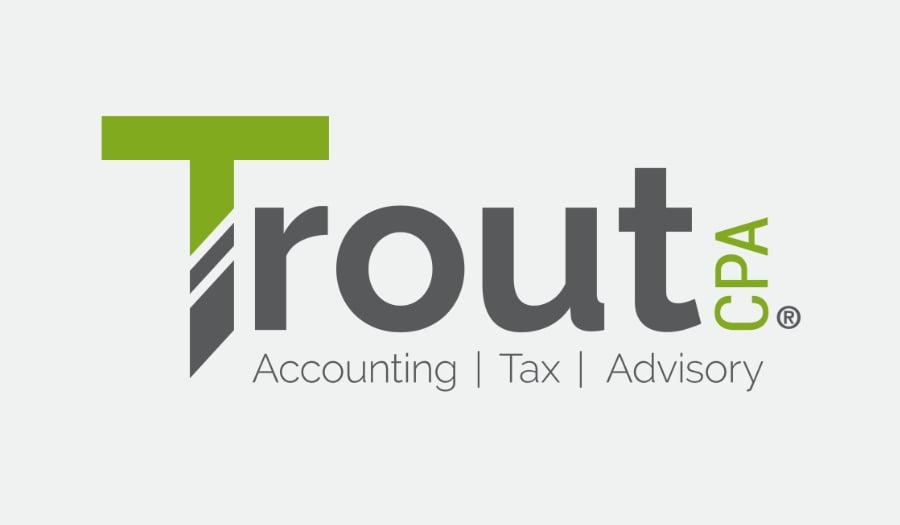Written by Krista A. Showers, CPA, MBA, CEBS
For those entities involved with Federal funding, the term “Single Audit” is often found in grant contracts. But not everyone is clear about what it means. This topic is also being brought up at seminars and in newsletters as there are many items about to change in the coming months.
Let’s start with the history (before December 26, 2014):
What it is?
- An entity-wide audit consisting of two main parts:
- an audit of the financial statements
- a compliance audit of the entity’s major federal award programs. Auditors are required to gain an understanding and test internal controls over compliance as well as test compliance with applicable compliance requirements for each major program.
- A single audit will be conducted annually
- Audit period will be the entity’s fiscal year
- Type A programs are defined as programs with expenditures > $300,000 (if total federal expenditures are < $10 million)
- Percentage of coverage rules are 50% and 25% of total federal expenditures based on entity’s status as not low-risk and low-risk auditee, respectively
Who is subject to a single audit?
- State and local governments
- Nonprofit organizations
- Each of these entities must spend greater than $500,000 in federal awards in a fiscal year
What are the reports included in a Single Audit
- Schedule of Expenditures of Federal Awards (SEFA)
- Report on controls and compliance of the entity
- Report on controls and compliance of major federal programs
- Schedule of Findings and Questioned Costs (known and likely questioned costs in excess of $10,000)
- Summary Schedule of Prior Audit Findings
What Changed on December 26, 2014?
What it is
- New Single Audit threshold is if the entity expends more than $750,000 in federal awards in a fiscal year.
- Type A Programs have new thresholds ($750,000 if <$10 million in federal expenditures)
- Percentage of coverage rules are now 40% and 20% for not low-risk and low-risk auditees, respectively
Reports included in a Single Audit
- Questioned costs are now defined as known and likely questioned costs in excess of $25,000
Other Changes
- Eight previously separate sets of Office of Management and Budget (OMB) guidance have been combined into one.
- In guidance, watch “should” which indicates best practices or recommended approaches versus “must” which indicates requirements.
- For a period of time, an entity may have awards under both old and new guidance and will need to pay attention to which rules apply.
For further questions on Single Audits, please reach out us by completing the form below or call 717-569-2900.






